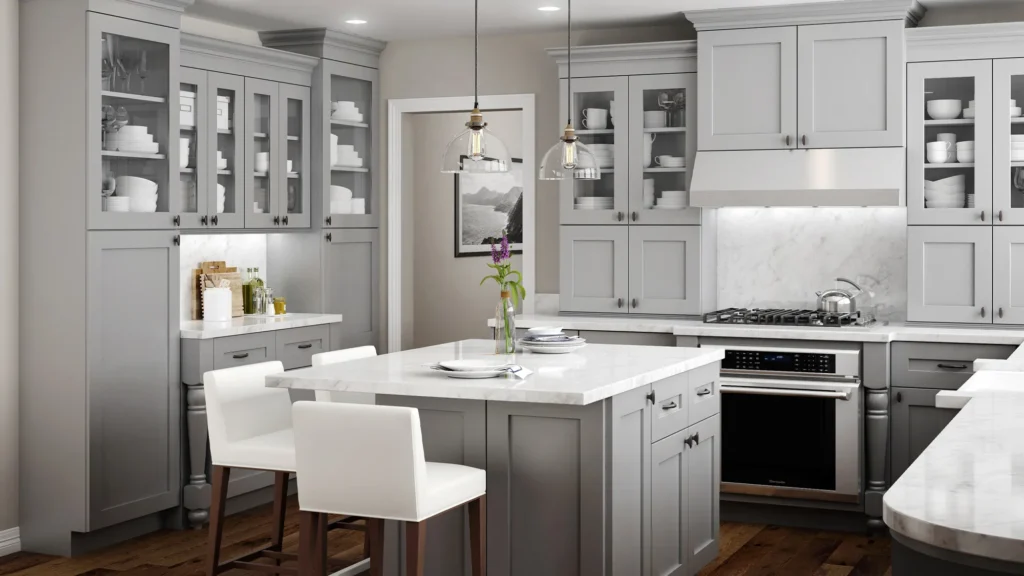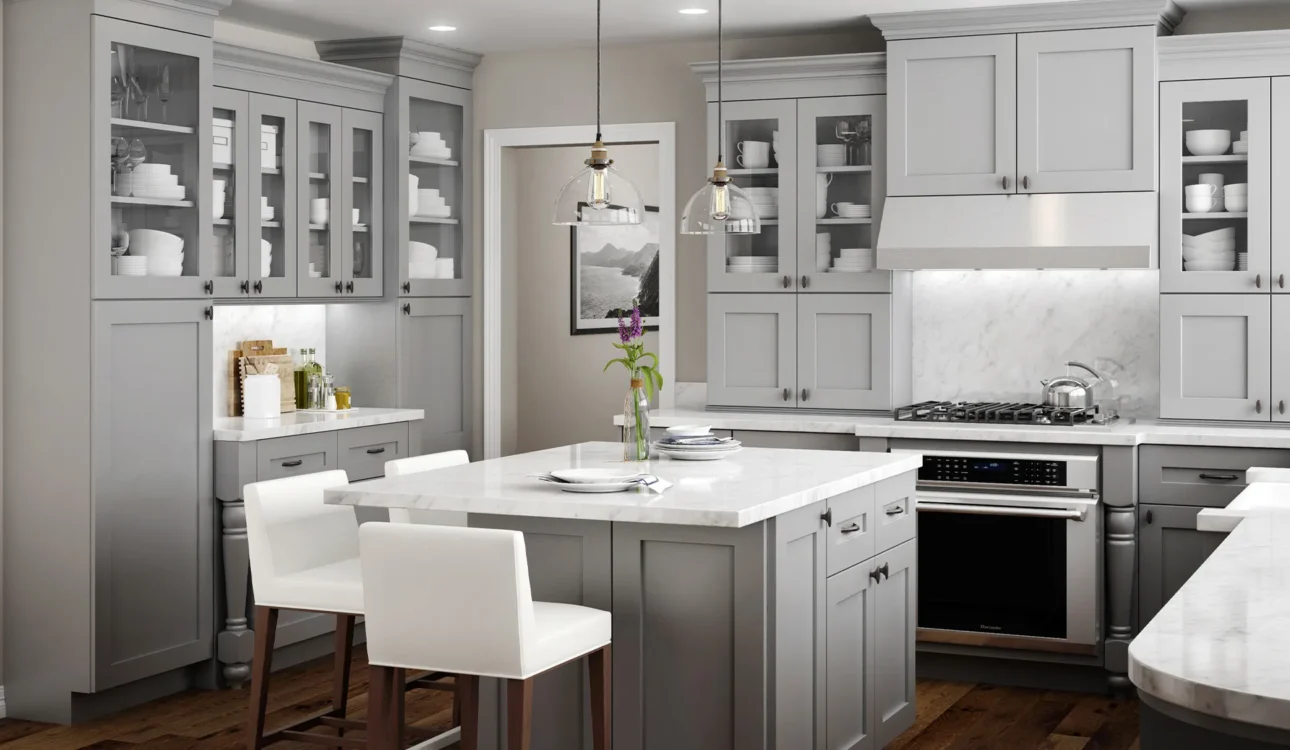Prefabricated kitchenettes have become increasingly popular in recent years, offering a convenient and cost-effective solution for small spaces or rental properties. These compact cooking areas, also known as modular kitchens or mini kitchens, are designed to provide all the essential features of a full kitchen in a smaller footprint.
Table of Contents
ToggleAre Prefabricated Homes Worth It?
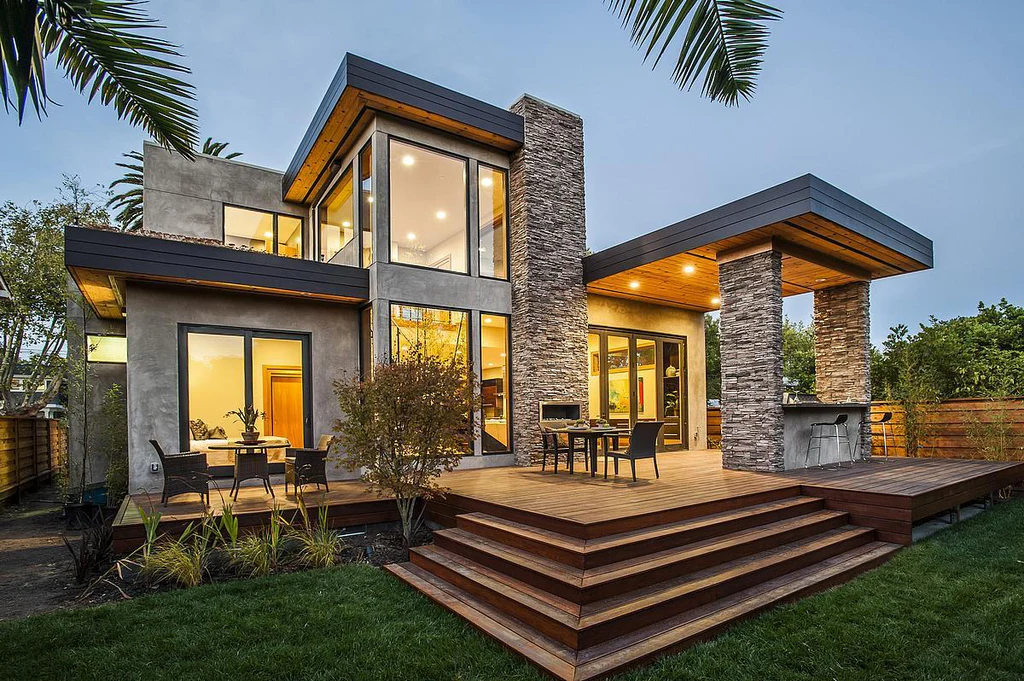
Before diving into the specifics of prefabricated kitchenettes, let’s first address the broader question: are prefabricated homes worth it? Prefabricated homes, sometimes referred to as modular or factory-built homes are built off-site in a controlled environment before being transported to the final site and assembled.
Despite the significant cost and construction time savings associated with building a prefabricated home rather than building a house on-site, there are some drawbacks worth mentioning, including lack of design flexibility and the necessity of a suitable foundation. Significantly, whether to invest in a prefabricated home is contingent upon your requirements, preferences, and financial situation.
Are Prefab Cabinets Good?
Prefab cabinets are a key component of many prefabricated kitchenettes. These cabinets are manufactured in a factory setting and then shipped to the installation site for assembly. Prefab cabinets can offer several advantages over custom-built cabinets, including lower costs, faster installation times, and consistent quality.
However, prefab cabinets may have limited customization options and may not fit perfectly in every space. When considering prefab cabinets for your prefabricated kitchenette, it’s essential to carefully measure your space and choose a reputable manufacturer to ensure the best possible fit and quality.
Are Prefabricated Houses Cheaper?
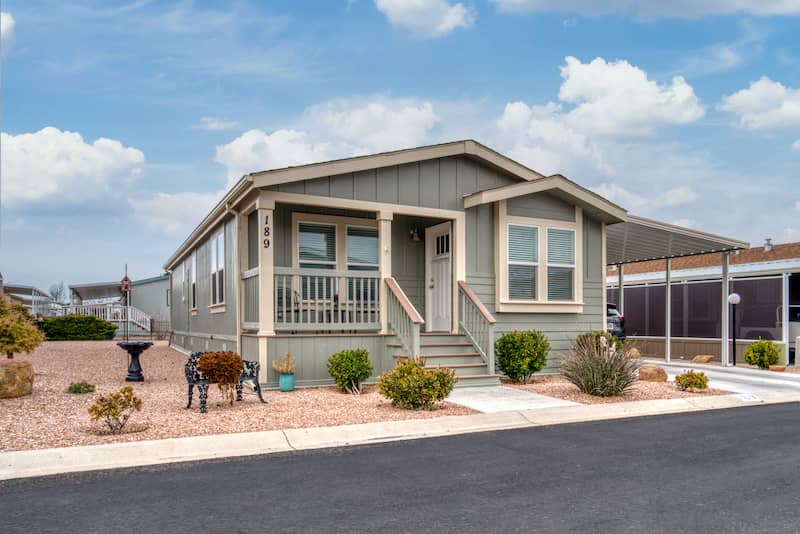
While prefabricated homes may offer some cost benefits through efficient construction techniques, there are several factors influencing the final price. One of the primary rationales cited by those considering prebuilt dwellings relates to potentially reduced expenditures through streamlined assembly workflows, bulk purchase discounts on materials, and lowered labor expenses. Nevertheless, the definitive monetary outlay depends heavily on additional specifics intrinsic to each undertaking.
The scale, intricacy, and geographical placing of projects will undoubtedly impact budgets, with larger or more intricate designs naturally demanding higher investment. Furthermore, additional fees like moving the completed modules and establishing the foundation are necessary considerations when tallying total expenses and may moderate any prospective savings. Ultimately, numerous contingencies come into play when evaluating the true monetary outcome of prefabrication versus traditional site building methods for residential properties.
Can Prefab Cabinets Be Painted?
If you’re considering a prefabricated kitchenette but aren’t satisfied with the standard cabinet finishes, you may be wondering if prefab cabinets can be painted. While prefabricated cabinets can certainly be painted, there are important considerations before undertaking such a project. The answer, of course, hinges upon choosing a paint formulated for the cabinet material and meticulously prepping the surfaces.
For the uninitiated dabbler, failure to address these crucial steps could result in an aesthetic nightmare. Alternatively, if one seeks a look requiring no DIY painting prowess, prefinished cabinets straight from the factory presenting myriad stylish options may satisfy without risk of ruining the investment. For the ambitious, success in transforming plain cabinets depends on sufficient research and a light hand with the proper paint and preparations.
What’s the Difference Between a Kitchenette and a Kitchen?
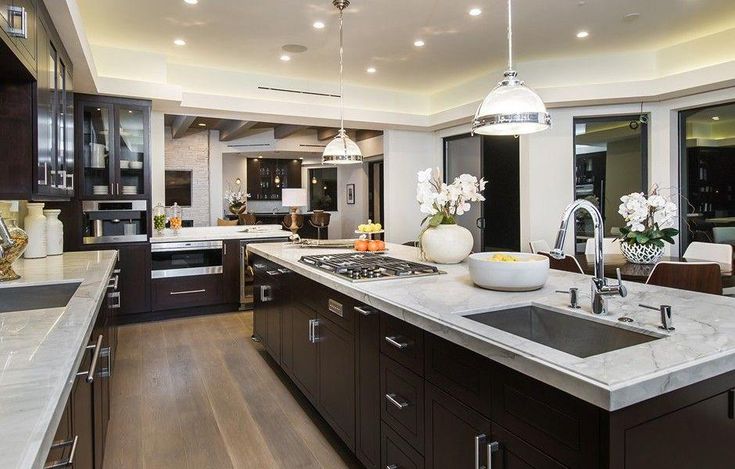
When considering a prefabricated kitchenette, it’s essential to understand the difference between a kitchenette and a full kitchen. A kitchenette is a compact cooking area that often includes amenities like a small refrigerator, a microwave, and a sink with constrained counter space. Some kitchenettes may also incorporate a miniature stovetop or a compact oven.
In contrast, a full kitchen is a more expansive room that contains appliances such as a full-size refrigerator, a range including both burners and an oven, a sink, and copious counter area for food preparation tasks. Full kitchens regularly include additional fixtures and storage like dishwashers for cleaning up, garbage disposals for refuse, and pantries or larders for storing ingredients and dishes. When choosing between a prefabricated kitchenette and a full kitchen, consider your available space, cooking needs, and budget.
Are Modular Kitchens Worth It?
Modular kitchens, also known as prefabricated kitchenettes, offer a convenient and cost-effective solution for small spaces or rental properties. These streamlined kitchens focus on optimizing productivity and usability within a confined area. The value of a modular setup relies on personal necessities and priorities.
For those with constraints of space or finances, prefabricated components offer a practical work zone without the cost and intricacy of wholesale reconstruction. However, more expansive quarters or personalized customization may find traditional schematics a preferential selection.
What is the Minimum Cost of Making a Modular Kitchen?
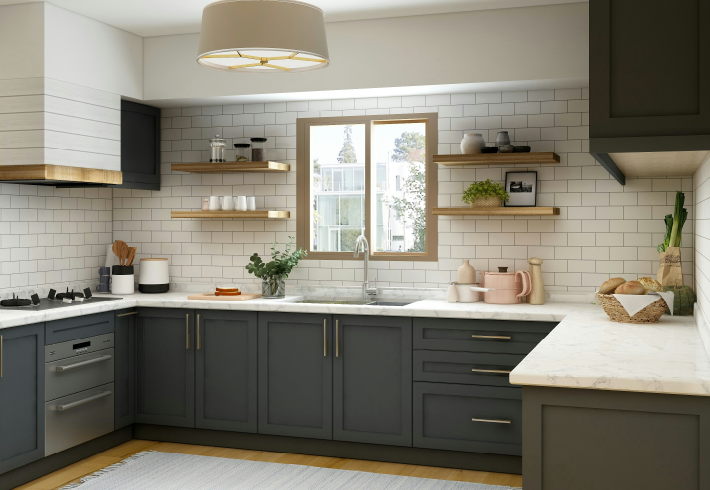
The cost of a modular kitchen can vary significantly depending on size, materials, and the number of amenities. On average, a basic modular kitchen can cost between $1,000 and $2,000 or more. Some higher-end models can reach prices of $10,000.
In addition to the kitchen unit itself, one should also account for any other expenditures, including delivery, installation, and plumbing or electric work. To receive a more adequate price, one should always contact an authorized dealer or manufacturer.
What is the Difference Between a Mini Kitchen and a Kitchenette?
Although the terms “mini kitchen” and “kitchenette” are often used as synonyms, in fact, the difference between them may not be great. Mini kitchen generally represents a set with a small refrigerator and microwave, narrow sink, and minimal workspace.
Kitchenette may repeat this set but also have slightly larger systems such as eco-hot plates or ovens outside of an electric oven. Another characteristic that can distinguish these concepts is the size; many interior designers define, custom outlines that just enlarge facades on walls as kitchenettes and constructing them separately – in the middle of the dormitory – as mini kitchens.
What are the Disadvantages of a Modular Kitchen?
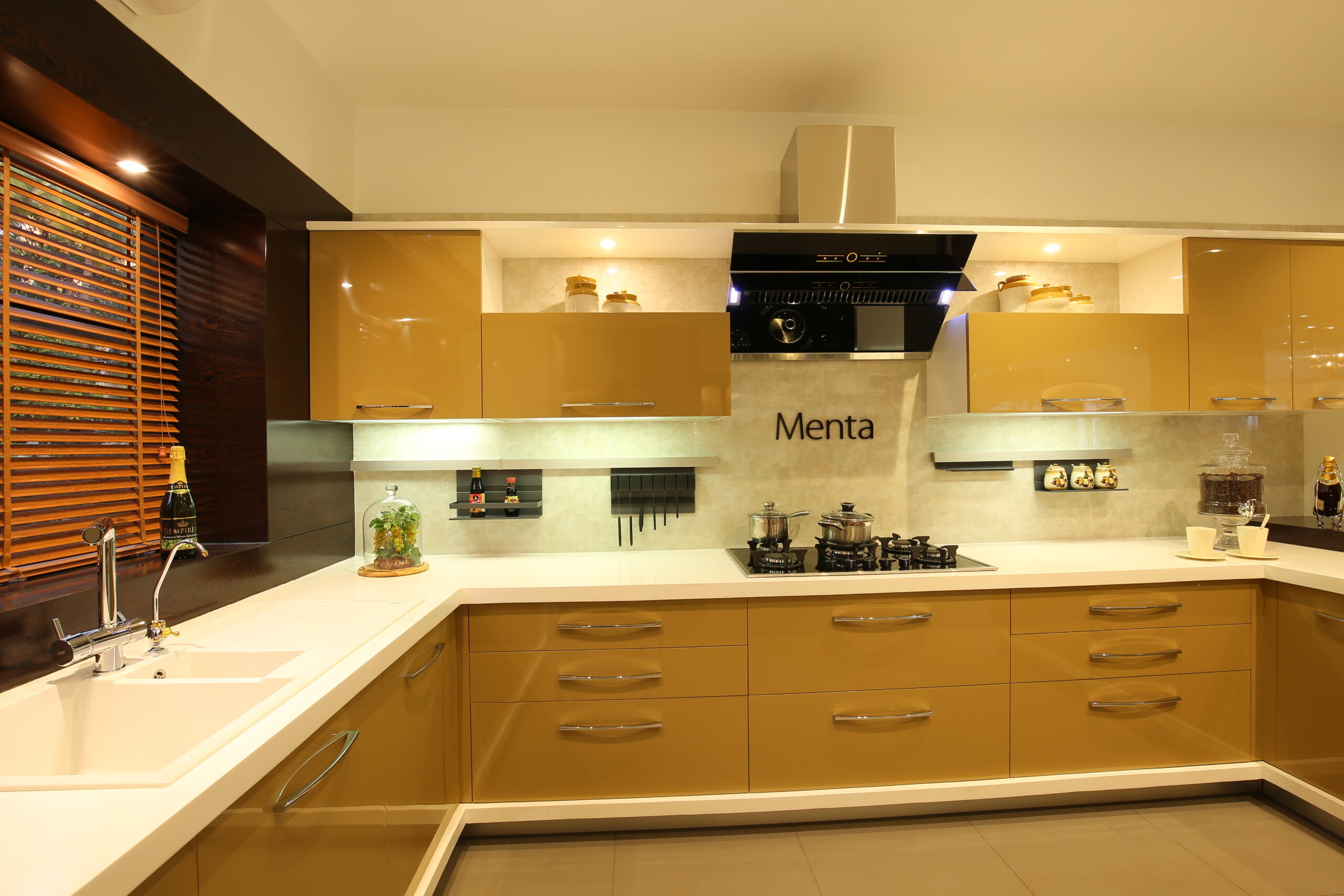
However, besides the numerous advantages, there are also certain disadvantages of modular kitchens. First and foremost, it is the relatively small opportunities for customization. Since these kitchens are designed in advance and are often created in the factory, there is not much you can do when you already have the finished kitchen in your house when it comes to adjusting the kitchen to your particular requirements.
Another significant disadvantage is the quality of the construction and the materials. If it is true that reputable manufacturing brands create their products with high-quality materials, the lower-end manufacturers might use simpler and cheaper components, which can lower the quality and useful lie of the kitchen. Consequently, to be sure about the quality of the modular kitchen, it is essential to research the producers and make sure to purchase the product from a reputable manufacturing brand.
How Durable is PVC Modular Kitchen?
Among the materials used to make modular kitchen cabinets and components, PVC remains a unique choice due to its durability water resistance, and affordability. This kind of kitchen that can withstand daily use, is resistant to any moisture effects, stains and scratches.
Provided proper and regular care and maintenance, a PVC modular kitchen system can have a long life. However, depending on the company that manufactures it, the quality of the materials, the level of use, and general care, they may have different lifespans.
What is the Life of a Modular Kitchen?
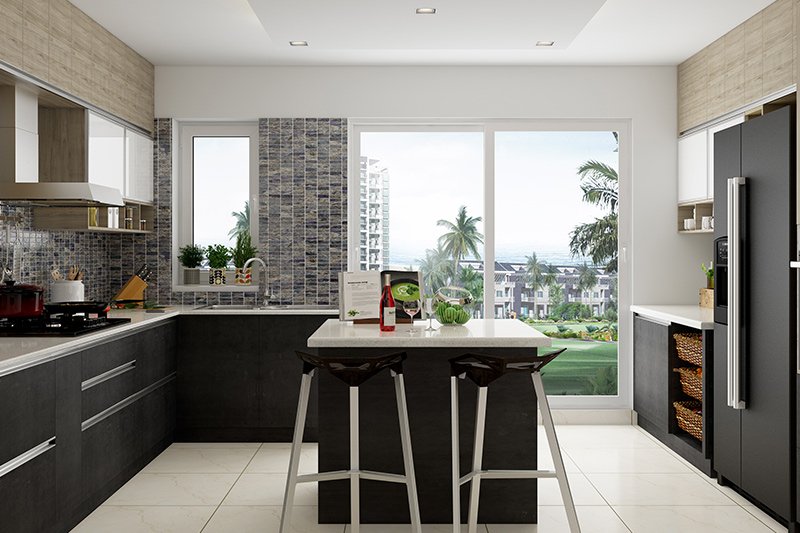
Since the lifespan of a modular kitchen depends on various aspects, including the quality of the materials, the degree of use, and the maintenance and care program, the range for a moderate lifespan is roughly between, say, 10 years and 20 years or more.
To care for your kitchen as well as maximize its useful purpose, follow the manufacturer’s guidelines for cleaning and maintenance, clean the surfaces when washing dishes, and are aware of the damage.
Does Modular Kitchen Need Concrete Slab?
Whether or not a modular kitchen requires a concrete slab will depend on the type of installation and the weight of the unit. Some modular kitchens can be put on top of the existing floor, which could be linoleum, tile, etc.
If the modular kitchen is particularly heavy or the current floor is not level or sturdy enough to support the weight, a concrete slab should be installed. A concrete slab will provide a sturdy foundation for the modular kitchen to rest on and should stop settling or an uneven level over time. To be sure if a modular kitchen will need a concrete slab, consult the manufacturer or the installer.
How to Make a Modular Kitchen with a Low Budget?
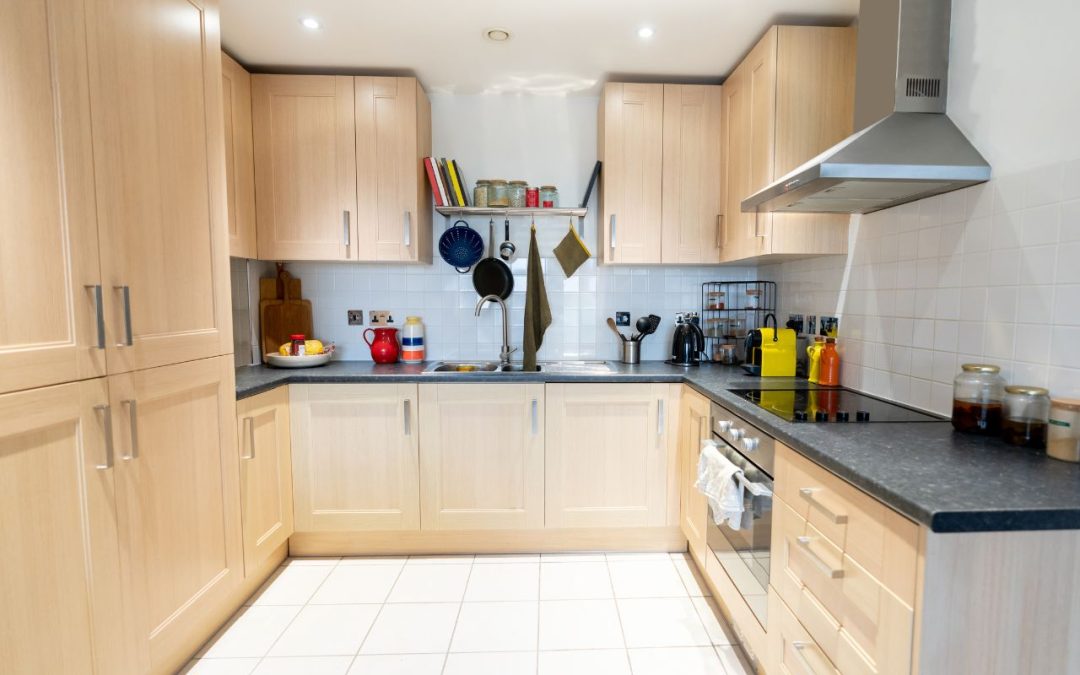
While designing a modular kitchen under a budget, you can follow the given recommendations to minimize overall costs: first, reduce the size of the unit, which is more economical while still including all necessary functions in your kitchen. Choose an affordable material such as PVC or laminate, as usage of materials such as solid wood/steel increases overall cost.
Use an ordinary layout as much as possible because the unconventional layouts consume more resources and extra time that adds extra cost.include some small carpentering work because I can do some tasks, which means there is no need to pay the fitter high charges. Hence, with accurate planning and these straightforward recommendations, we can design a beautiful and functional kitchen on a low budget.
Can I Make Modular Kitchen by Myself?
It is possible to do the assembly and installation of a modular kitchen oneself, as was the case in this project. Nevertheless, one must be very careful with one’s skills and the specific tools and experience required.
While a modular kitchen comes with clear instructions and pre-drilled holes to fit everything in place, the process remains tough and time-consuming. One must be handy with DIY projects and must follow the instructions closely. Whenever unsure, as happened in this case, any step, a professional installer should be consulted.
Which Brand is Best for Prefabricated Kitchenette?
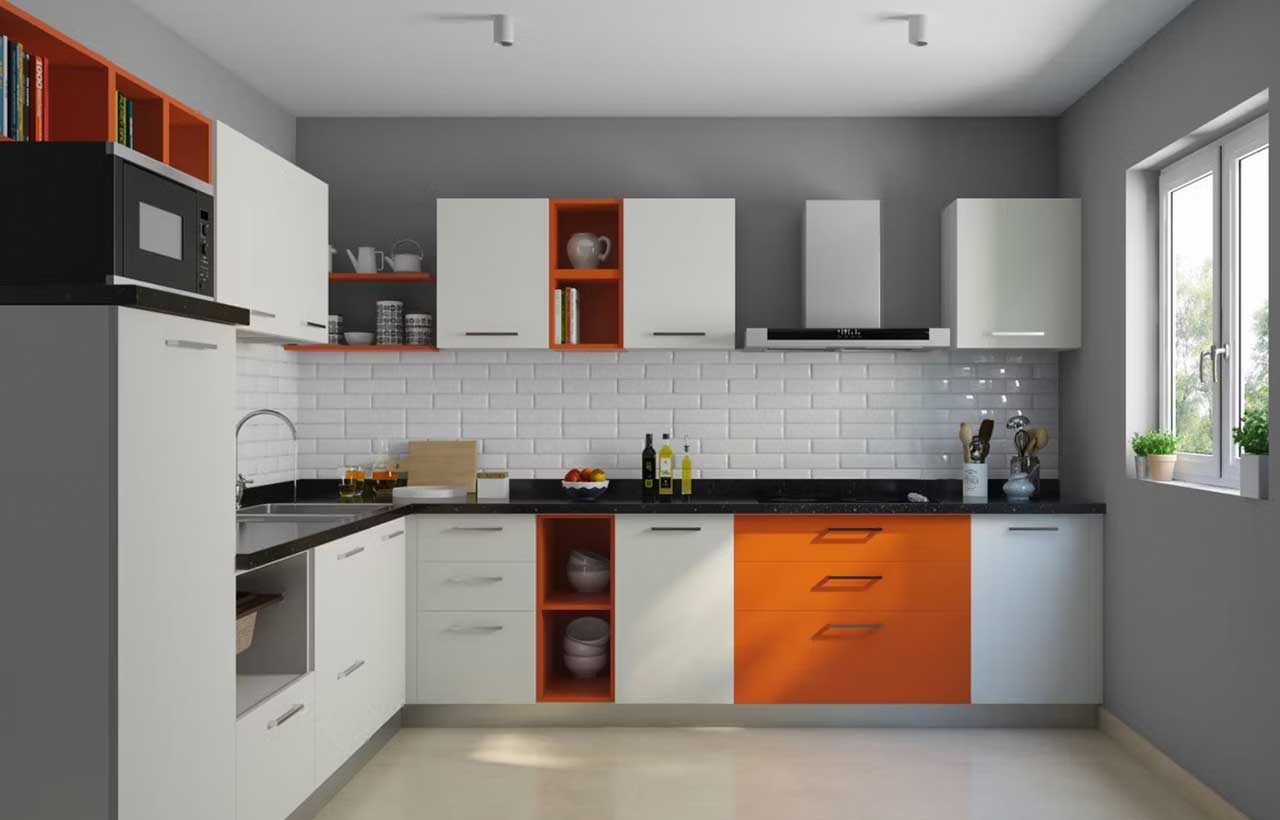
At Fineline Kitchens Inc., we believe that our company offers the best modular kitchen solutions on the market. With years of experience in the industry, we have developed a reputation for quality craftsmanship, innovative design, and exceptional customer service.
Our modular kitchens are designed to maximize functionality and style in any space, with a wide range of materials, finishes, and configurations to choose from. Whether you’re looking for a compact prefabricated kitchenette for a small apartment or a full-scale modular kitchen for your dream home, we have the expertise and resources to bring your vision to life.
Final Thought
The next time you look for a modular kitchen, Fineline Kitchens Inc. assure best value in every respect of your investment. Our expert team of creative designers and craftspeople strive to produce the most appealing, practical, and long-lasting modular kitchens a client could ask for.
Therefore, choose a modular kitchen for your home or rental through Fineline Kitchens Inc. From excellence to novelty, and customer approval, we believe that we are the top-rated modular kitchen supplier for anybody who wants the best.
